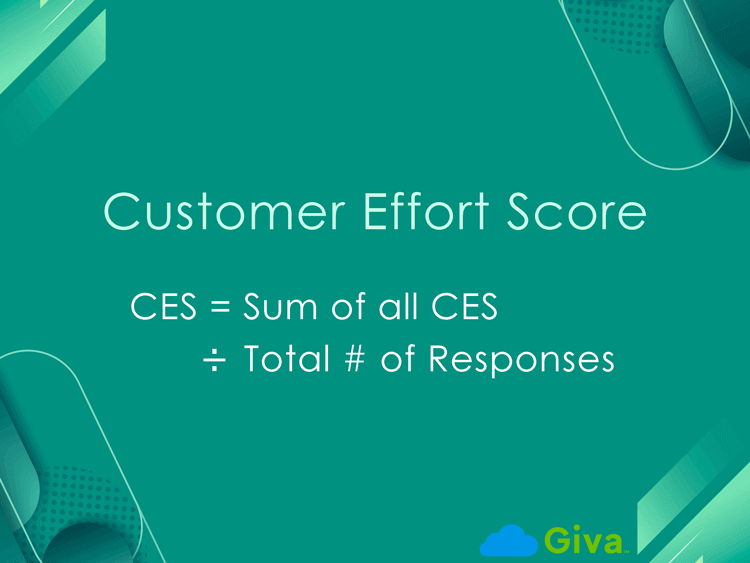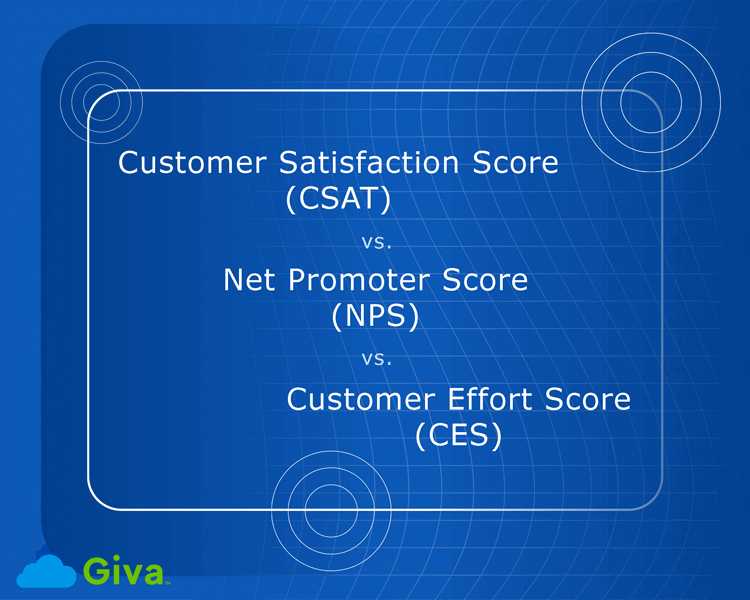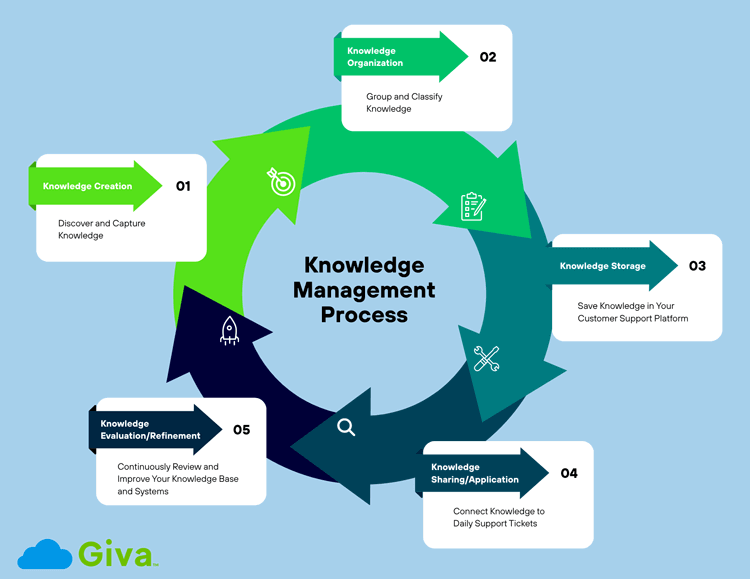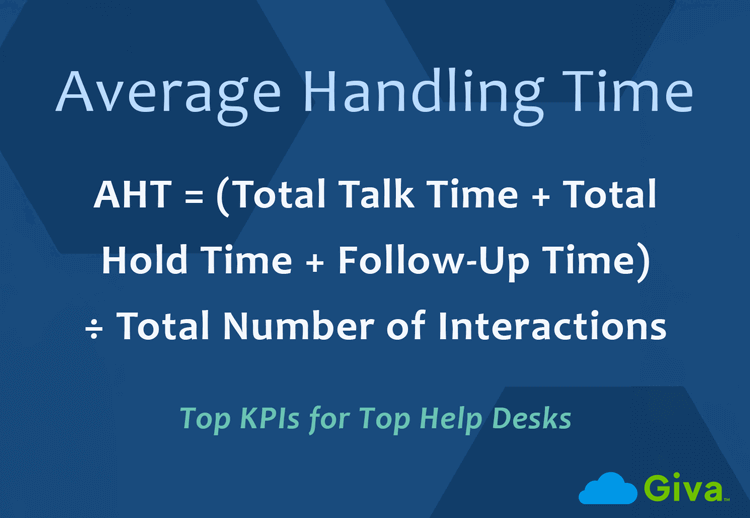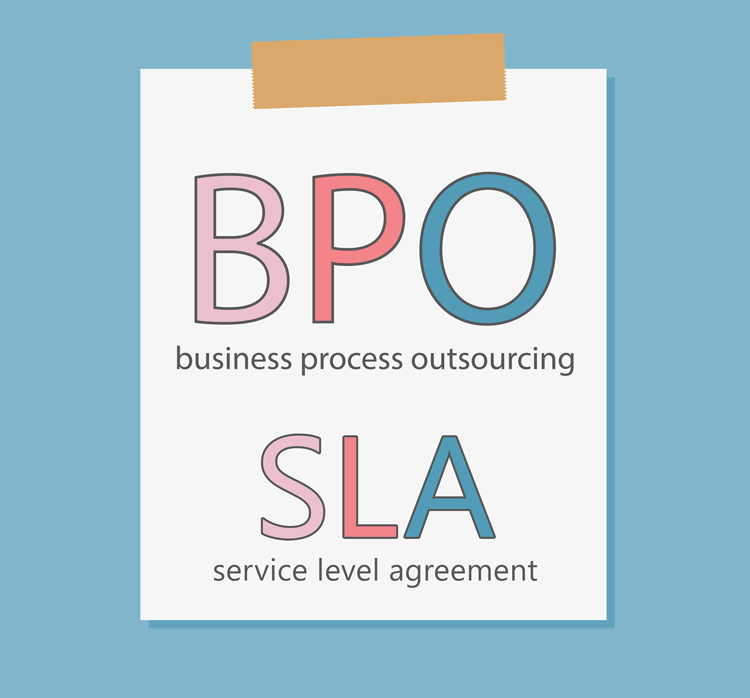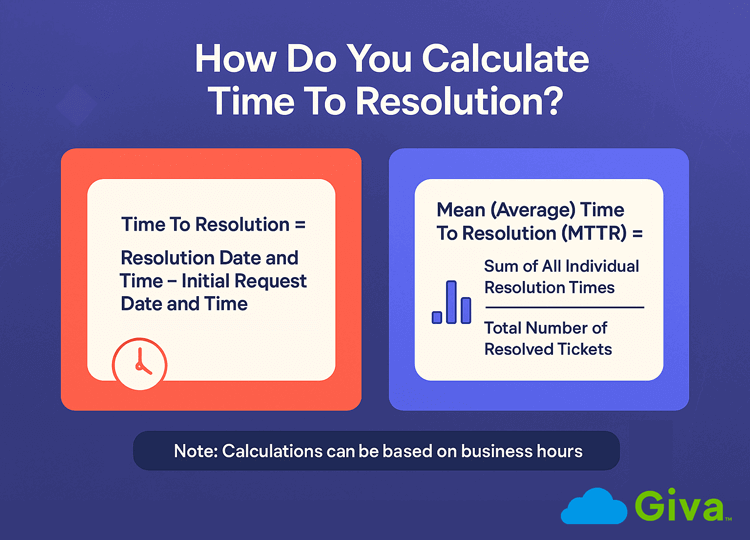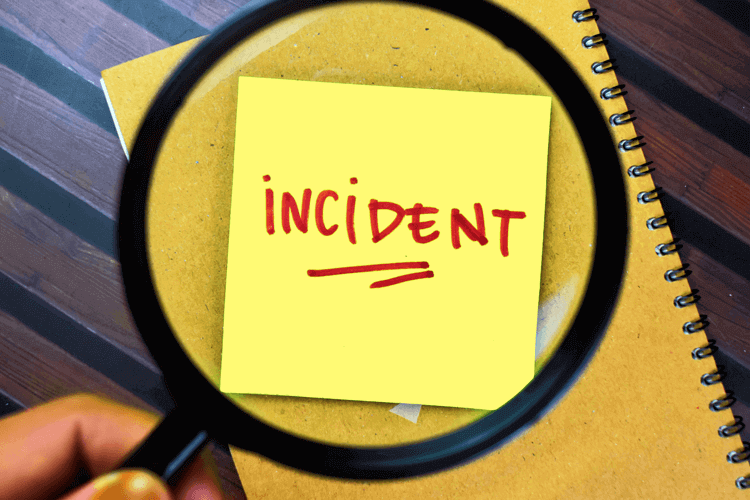Customer Effort Score (CES): How to Calculate and Improve It Plus Industry Benchmarks
What is Customer Effort Score?
Customer Effort Score (CES) is a customer experience survey metric that measures the perceived effort customers must exert to use a company's product or service. CES metrics are collected via surveys across various touchpoints in a customer's journey.
